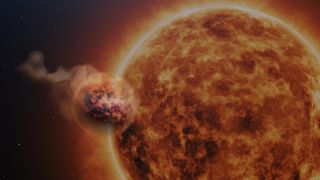Conor Feehly is a New Zealand-based science writer. He has earned a master's in science communication from the University of Otago, Dunedin. His writing has appeared in Cosmos Magazine, Discover Magazine and ScienceAlert. His writing largely covers topics relating to neuroscience and psychology, although he also enjoys writing about a number of scientific subjects ranging from astrophysics to archaeology.
Latest articles by Conor Feehly

Some of Uranus' moons might be able to support life. Here's what a mission might reveal
By Conor Feehly published
"The most exciting prospect at the (Uranian) moons is that they could still host subsurface oceans at present.”

Supermassive black hole jets mysteriously ignite nova explosions, Hubble Telescope finds
By Conor Feehly published
Hubble Space Telescope observations suggest supermassive black hole jets double the frequency of nova explosions. But how?

Massive radio survey reveals our universe's structure at the largest scales
By Conor Feehly published
New observations from the MeerKAT radio survey suggest our estimates of the cosmic dipole effect are actually in line with the large scale structure of the universe.
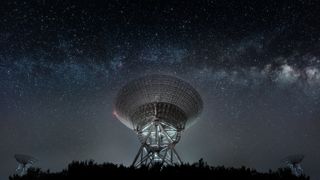
How AI is helping us search the universe for alien technosignatures
By Conor Feehly published
"It's now a part of mainstream astrophysics."

10 weird water worlds in the solar system and beyond
By Conor Feehly published
Planetary scientists have been searching the cosmos for liquid water. Here are the most promising water worlds in the solar system and beyond.

What are rogue planets?
By Conor Feehly published
Reference Discover the strange world of rogue planets left to wander the cosmos untethered to any star.

Tour the famous 'Pillars of Creation' with gorgeous new 3D views from Hubble and JWST (video)
By Conor Feehly published
Data from the Hubble and James Webb space telescopes combine to create an awe-inspiring visualization of the Pillars of Creation.

Do other planets have plate tectonics?
By Conor Feehly published
Space mysteries Earth's surface is broken up into large plates that rub against each other, causing earthquakes, volcanoes and large mountain ranges. But how unique is our planet's geology?

NASA funds tech development for life-hunting Habitable Worlds Observatory
By Conor Feehly published
NASA recently selected three proposals that will help develop the tech needed by its proposed life-hunting Habitable Worlds Observatory space telescope.

Why NASA's Europa Clipper mission to Jupiter's icy moon is such a big deal
By Conor Feehly published
How deep are Europa's ice sheets? Could the moon sustain life? The Europa Clipper Mission, which is due to launch in October, will help scientists answer these intriguing questions.

Space mysteries: Do all planets have magnetic fields?
By Conor Feehly published
Space mysteries How do scientists know if a planet has a magnetic field?
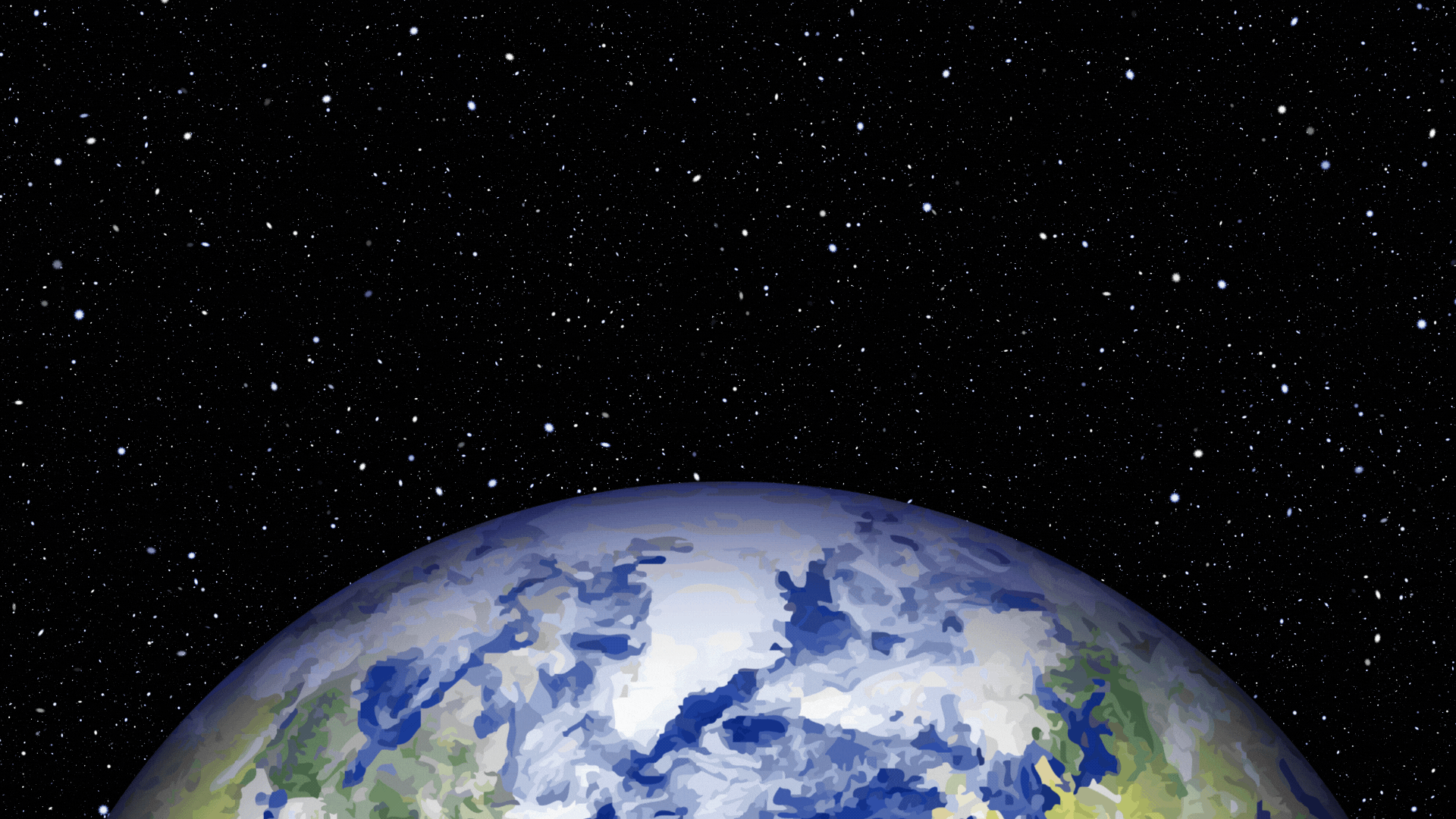
What would happen if the moon disappeared?
By Conor Feehly published
Space mysteries What would happen if our closest neighbor, the moon, disappeared? Here we explore the possible effects it could have on the environment and life on Earth.

What are globular clusters?
By Conor Feehly last updated
Reference Globular clusters are densely packed, spherical collections of ancient stars. Here we explore them in more detail.
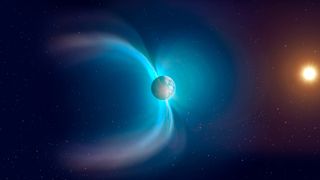
Why do Earth's magnetic poles flip?
By Conor Feehly published
Space mysteries Every so often, Earth's magnetic poles completely flip. What causes this to happen? And how do these reversals affect life on Earth?

The cosmic dark ages: Everything you need to know
By Conor Feehly published
Reference During the cosmic dark ages, the early universe was shrouded in darkness. Learn more about why this was the case and how the universe eventually became transparent.

12 out-of-this-world exoplanet discoveries in 2023
By Conor Feehly published
From scorching hot Jupiters to worlds that seem to be a little like Earth, here are 2023's most exciting exoplanet finds.
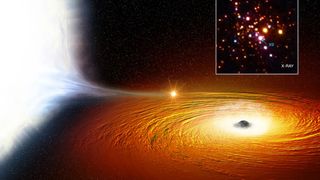
Can stars form around black holes?
By Conor Feehly published
Black holes create some of the most extreme environments in the cosmos — can stars form in such conditions?

NASA identifies 17 exoplanets with possible subsurface oceans
By Conor Feehly published
Internal heating may be able to keep water in liquid form within these exoplanets.

Asteroid Phaethon's mysterious tail may finally have an explanation
By Conor Feehly published
Spectral analysis of the mystery asteroid Phaethon reveals its composition at last.

Exoplanet 'haze' makes it harder to identify water on alien worlds. Scientists may have a solution
By Conor Feehly published
Planetary scientists simulate how haze might be obstructing our view of exoplanet's atmospheres, and potentially alien water.

As the ISS turns 25, a look back at the space laboratory's legacy
By Conor Feehly published
Over 25 years, the ISS has taught us what it means to live and work in space.

NASA instrument on ISS identifies more than 750 greenhouse gas sources
By Conor Feehly published
NASA's EMIT instrument is turning into an important tool in combating climate change.

Distant 'teenage galaxies' surprise astronomers with unexpected heavy elements
By Conor Feehly published
Significant amounts of nickel observed in galaxies only two-to-three billion years after the Big Bang.
Breaking space news, the latest updates on rocket launches, skywatching events and more!


